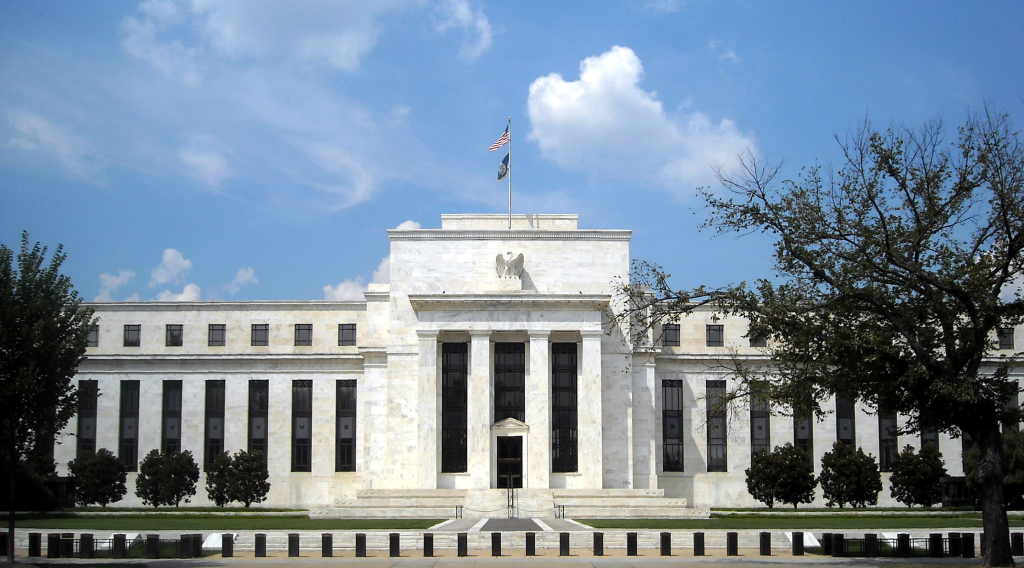Key Takeaways:
- The Federal Reserve has released the final guideline that might grant crypto bank access to its “master account”.
- Access from the Fed will allow financial institutions to provide crypto and traditional banking services.
- The guideline includes a three-tiered system that evaluates the risk levels.
________________________________________________________________________________________________________________
The U.S. Federal Reserve said on Monday it is publishing its final guidance for novel financial institutions to access its “master accounts”, something these firms need to participate in the global payment system.
NEW: The @federalreserve has published final guidance that could allow crypto banks to access its "master accounts" and payments network. @nikhileshde reportshttps://t.co/4H4nroj57F
— CoinDesk (@CoinDesk) August 15, 2022
Monday’s announcement would seemingly move the U.S. central bank one step closer to possibly allowing Wyoming special purpose depository institutions (SPDI), like Custodia (formerly Avanti) and Kraken Bank, access to these accounts so they would not need intermediary banks. The Fed first proposed guidance last year, opening up a request-for-comment process. Nearly 300 respondents filed comments, leading to a second public feedback process earlier this year.
The guidance is largely similar to what was first proposed in 2021, and will create a multi-tiered system allowing the Fed to adapt its evaluation process for granting access depending on what kind of financial institution is applying. Each tier corresponds to a respectively more stringent review process.
What is the three-tiered framework?
The three-tiered framework serves as a direction in evaluating the risk level of the applicant institution.
Under the guidance, Tier 1 banks would be federally insured.
On the other hand, Tier 2 banks would not be federally insured but are still “subject to prudential supervision by a federal banking agency.”
Tier 3 is for applicant institutions that are “not federally insured and not subject to prudential supervision by a federal banking agency.” This category would most likely apply to the Wyoming crypto banks, such as Custodia and Kraken.
Elimination of traditional banks?
With Fed’s approval, crypto banks will no longer require partnerships with traditional banks that serve as their intermediaries, as they will be sidelined, and their financial systems will be opened up to these banks. It will give crypto banks the option to perform a duo function.
Head of Market Insights at Genesis Trading, Noelle Acheson, hailed the Fed’s decision as a small but important step.

Conclusion
Interestingly, cryptocurrency only appears once in the 49-page guideline. The guidelines, however, would include crypto without a doubt. The Federal Reserve’s move hasn’t explicitly granted access to crypto banks, but it might be a preview of positive things to come. In any case, the Fed has warned against keeping high hopes, so it’s crucial to watch how this plays out.
[Editor’s Note: This article does not represent financial advice. Please do your own research before investing.]
Featured Image Credit: Chain Debrief
Read More: A Look At The Cryptocurrency Regulations In Major Asian Countries



































